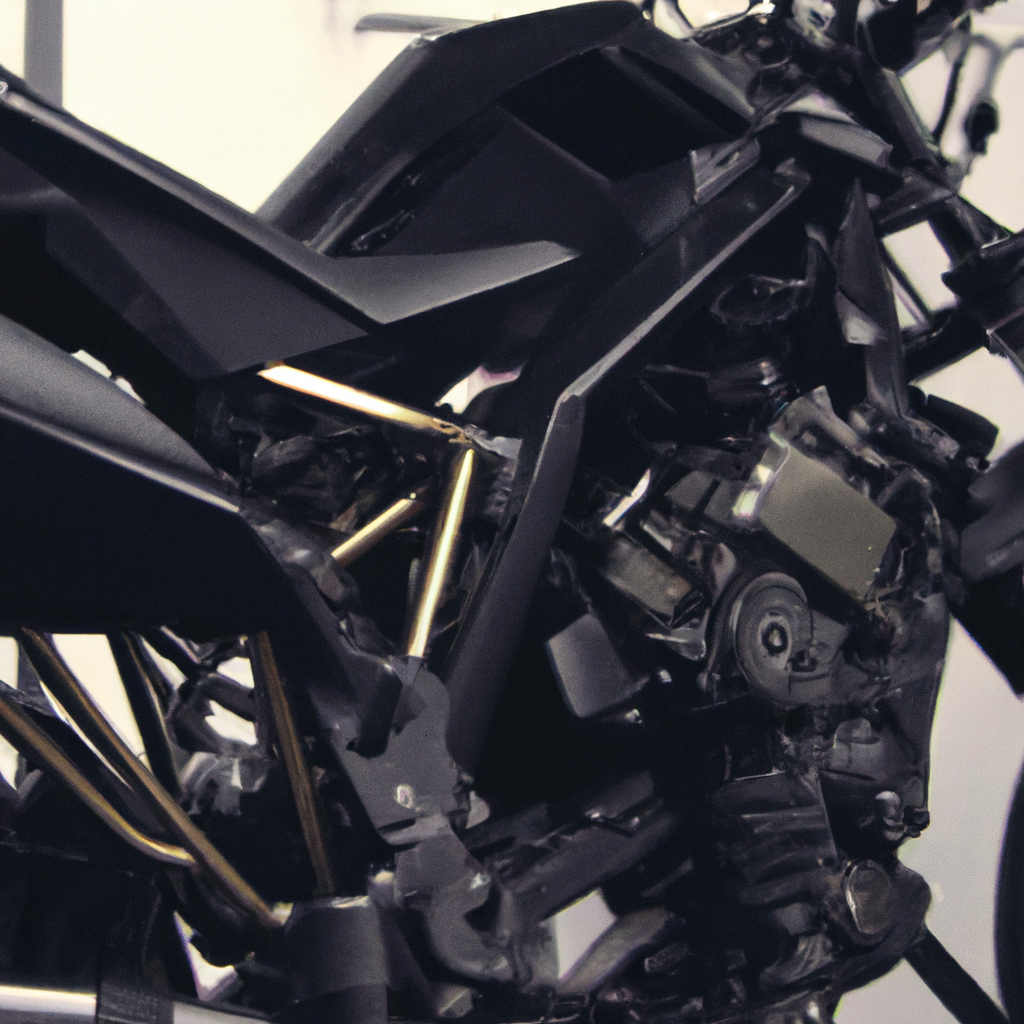Motorbikes are a popular mode of transportation all over the world. They are known for their speed, maneuverability, and fuel efficiency. But how do they work? In this article, we will explore the working principle of a motorbike, the different parts of the engine, and the function of each part. We will also discuss the fuel system, transmission, and exhaust system, and provide some tips on motorbike maintenance.
Working Principle of a Motorbike
A motorbike works by converting fuel into energy to power the engine, which in turn drives the wheels. This process involves a series of complex mechanisms that work together to provide the desired results. The engine is the heart of the motorbike, and it is responsible for converting fuel into energy. The engine consists of several parts that work together to generate power.
Parts of a Motorbike Engine
The engine of a motorbike consists of several parts, including:
1. Cylinder Head – This is the top part of the engine that houses the valves, camshaft, and spark plug.
2. Cylinder Block – This is the main body of the engine that houses the piston and is responsible for generating power.
3. Piston – This is a cylindrical piece of metal that moves up and down in the cylinder block, generating power.
4. Connecting Rod – This is the part that connects the piston to the crankshaft and converts the up and down motion of the piston into rotary motion.
5. Crankshaft – This is the main rotating part of the engine that converts the rotary motion into power that drives the wheels.
6. Spark Plug – This is the part that ignites the fuel in the combustion chamber.
Function of Each Part
The cylinder head is responsible for controlling the flow of air and fuel into the combustion chamber. It houses the valves that open and close to allow air and fuel into the cylinder block. The camshaft is responsible for controlling the opening and closing of the valves. The spark plug ignites the fuel in the combustion chamber, which generates energy.
The cylinder block houses the piston, which moves up and down in the cylinder to generate power. The connecting rod connects the piston to the crankshaft and converts the up and down motion of the piston into rotary motion. The crankshaft is responsible for converting the rotary motion into power that drives the wheels.
Fuel System
The fuel system is responsible for delivering fuel to the engine. It consists of several parts, including the fuel tank, fuel pump, carburetor, and fuel injectors. The fuel tank stores the fuel, while the fuel pump delivers the fuel to the carburetor or fuel injectors. The carburetor mixes the fuel with air to create a combustible mixture, while the fuel injectors spray fuel directly into the combustion chamber.
Transmission
The transmission is responsible for transferring power from the engine to the wheels. It consists of several parts, including the clutch, gearbox, and final drive. The clutch connects and disconnects the engine from the transmission, while the gearbox allows the rider to change gears. The final drive transfers power from the gearbox to the wheels.
Exhaust System
The exhaust system is responsible for removing the exhaust gases from the engine. It consists of several parts, including the exhaust pipe, muffler, and catalytic converter. The exhaust pipe carries the exhaust gases from the engine to the muffler, which reduces the noise level. The catalytic converter converts harmful pollutants in the exhaust gases into less harmful substances.
Maintenance
Motorbike maintenance is important to ensure that the bike runs smoothly and lasts longer. Regular maintenance includes changing the oil, checking the brakes, and cleaning the air filter. It is also important to check the tires regularly and ensure that they are properly inflated.
Conclusion
In conclusion, a motorbike works by converting fuel into energy to power the engine, which in turn drives the wheels. The engine consists of several parts that work together to generate power. The fuel system delivers fuel to the engine, the transmission transfers power from the engine to the wheels, and the exhaust system removes the exhaust gases from the engine. Regular maintenance is important to keep the bike running smoothly and to ensure its longevity. Understanding the working principle of a motorbike and the different parts of the engine can help you make informed decisions when it comes to maintenance and repairs.







